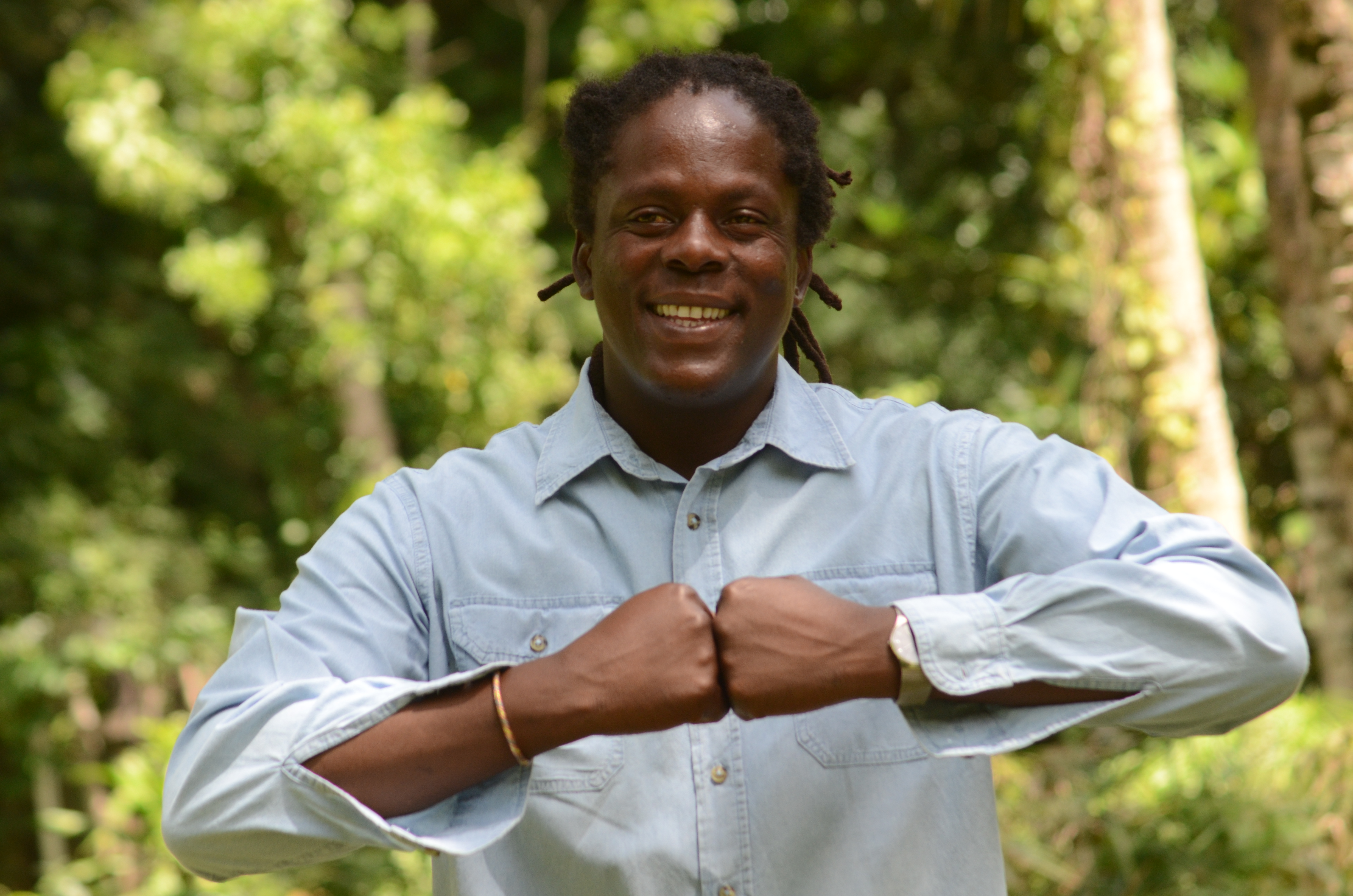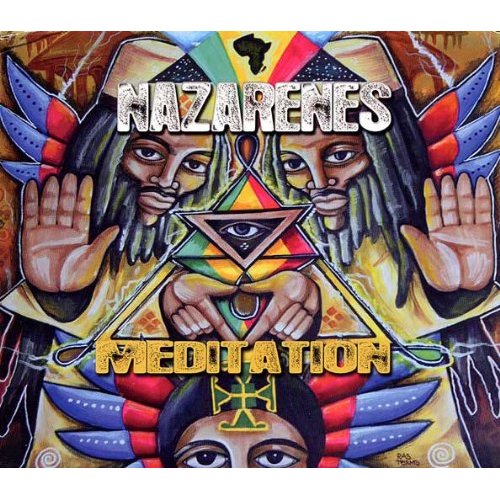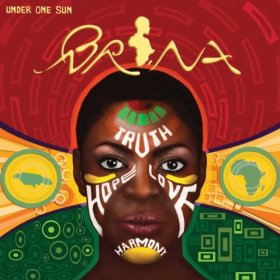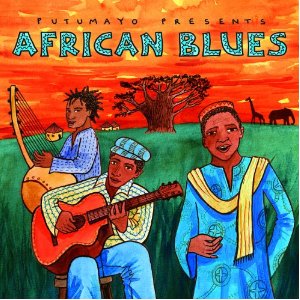April 7, 1998
As I descend from the plane to the tarmac below, the sweltering heat stifles my every move. I pass through customs, exchange my money and wait for a while for the bags to arrive. Venturing out into the sunlight, I wind my way through a gauntlet of eager taxi drivers. I ignore the curious stares focused on me and continue down the sidewalk where I meet our two group leaders. Once everyone has arrived I hop into the back seat of the rented soft-top Suzuki jeep and we begin our journey to Hagley Gap.
The Blue Mountains begin where Kingston ends, and a starker contrast would be hard to imagine with the chaos of the city replaced by a tranquility and a gentle beauty that is truly staggering. Similarly jolting and not quite so scenic are the roads we travel, particularly as we rise deeper into the mountains. The two way road narrows, the pot holes deepen and the cliffs we race along become more precipitous. Finally, after a two-hour trip spanning all of twenty miles, we pass through the one street village of Hagley Gap, rumble across a bare and rocky field and pull in at the Community Center, our new home.
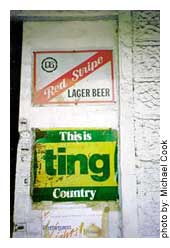 After assembling our cots, unpacking, and hanging sheets to divide the one room center into bedrooms by sex, I head outside to explore. The annual arrival of “de Globals” is eagerly anticipated, and everyone has come down from the village to see us. I meet Nedroy, a fourteen year old, who shows me around with some of his friends. They introduce me to people we meet in the street, gather mangos and show me the way down to the river. At a flat spot by the bridge someone is washing their car, and I am told that downstream from here is where we bathe.
After assembling our cots, unpacking, and hanging sheets to divide the one room center into bedrooms by sex, I head outside to explore. The annual arrival of “de Globals” is eagerly anticipated, and everyone has come down from the village to see us. I meet Nedroy, a fourteen year old, who shows me around with some of his friends. They introduce me to people we meet in the street, gather mangos and show me the way down to the river. At a flat spot by the bridge someone is washing their car, and I am told that downstream from here is where we bathe.
My typical day begins at sunrise with the sound of roaming goats and donkeys. Assuming there was no rain the night before, we would sleep outside on an elevated deck under the stars. The Center has electricity but no running water so I go down for a bath in the river. The cows tethered to nearby trees moo and stare but otherwise it’s peaceful. I return to the center for breakfast — the traditional dish of ackee & saltfish, along with plantains, omelets, johnny cakes, banana fritters, hot tea and Tang. We have instant coffee too, but somehow it doesn’t taste that great with the blue mountain beans growing outside. Someone reads the previous day’s journal entry, and another gives the morning message.
The workday begins at 9:00 AM or whenever the skilled workers and supplies arrive. Our main project is the construction of a concrete wall to enclose the Center and a small stage for concerts and weddings.
The program’s philosophy is to work alongside community members and to follow their lead in construction methods. We willingly follow their lead on the construction, especially the unhurried pace of labor. More than a functional structure, I hope the wall is symbolic of our friendship and of the visit.
Most of my time is spent out on the field, since the other half of the trip is a day camp we run for the village kids. There is only one other teenager on the trip, and we organize the kids’ games. Of course soccer is the most popular, as is cricket, since Jamaica used to be a British colony. Another popular sport is net-ball, which is played in a field on baskets with no backboards. It takes us awhile to pick up the subtleties of both.
The best part of each day is the afternoon activity. The strenuous workday ends at 3:00, and soon after we set out on an excursion of some sort. The first day it is Nedroy who leads us on a short walk, which turns out to be a half-hour hike up to his house. We go to see his father who is a woodcarver’s apprentice. As it turns out, the highlight of the visit is the diverse vegetation that Latterey, the woodcarver, grows at his house.
Another day we go to the Jablum coffee factory in Mavis Bank, one of five plants licensed to export official Blue Mountain coffee. We take a tour of the factory and see each stage as the beans are selected, dried, aged and roasted. The factory provides a lot of reliable, if low paying, jobs in the region and many of the locals either work in the coffee business or in some other type of agriculture.
The next afternoon Trecia gives us a patois lesson, so we can all understand the dialect a likkle bettah. We sit and talk with some of the elders in town and they tell us about how different things were before the cars and electricity arrived. We also have a visit from two Rastas, Kenton and Carlton, who do wood carvings and grow coffee. Their self-sufficiency is consistent with the Rastas’ anti-establishment beliefs and natural way of life.
After dinner, it’s time for the adults to go to bed and the kids to have some fun. With Kevin and Gramps as our guides, the volunteers under 30 all go up to the happening town square. We always end up at Lloyd’s place, a comfortable hole-in-the-wall bar with a nice blend of Red Stripe, ganja, Reggae and dominoes. The atmosphere is laid back and the people are welcoming and friendly. I can see why so many resist the lure and promise of the city below for the security of a community like this.
On the last day of the trip, the community throws a party for the departing volunteers. It is combined with the town’s quarterly birthday celebration. The day starts off with a soccer match where the hometown team (dressed in the national colors of yellow and green) beats up on the visitors from Mavis Bank. The girls get involved with a net-ball game, which also pits the rival towns against each other. After dinner we move everything out of the Community center-the floor is cleared out and the sound system set up. The selecta starts up the dancehall tracks, the old folks exit and the bashment is under way.
